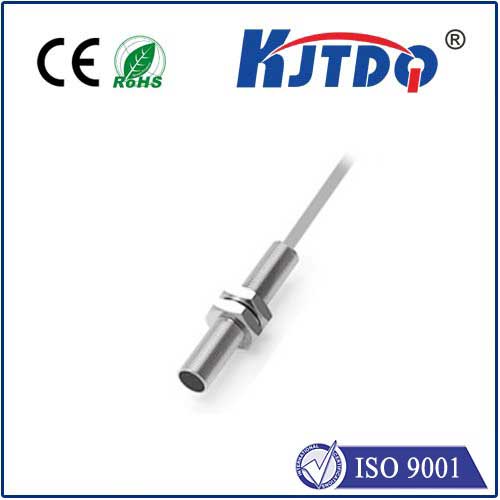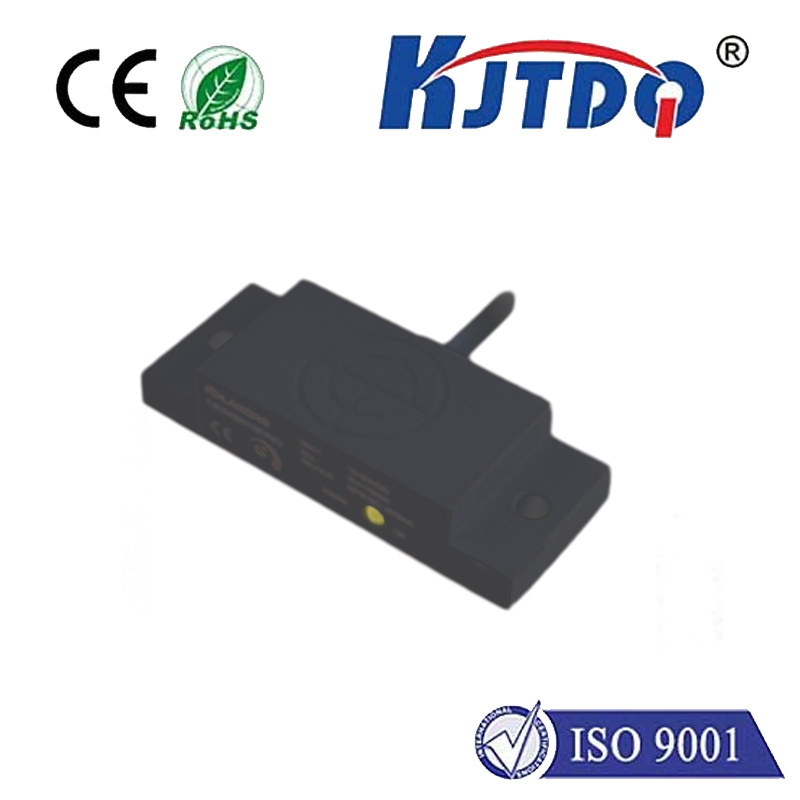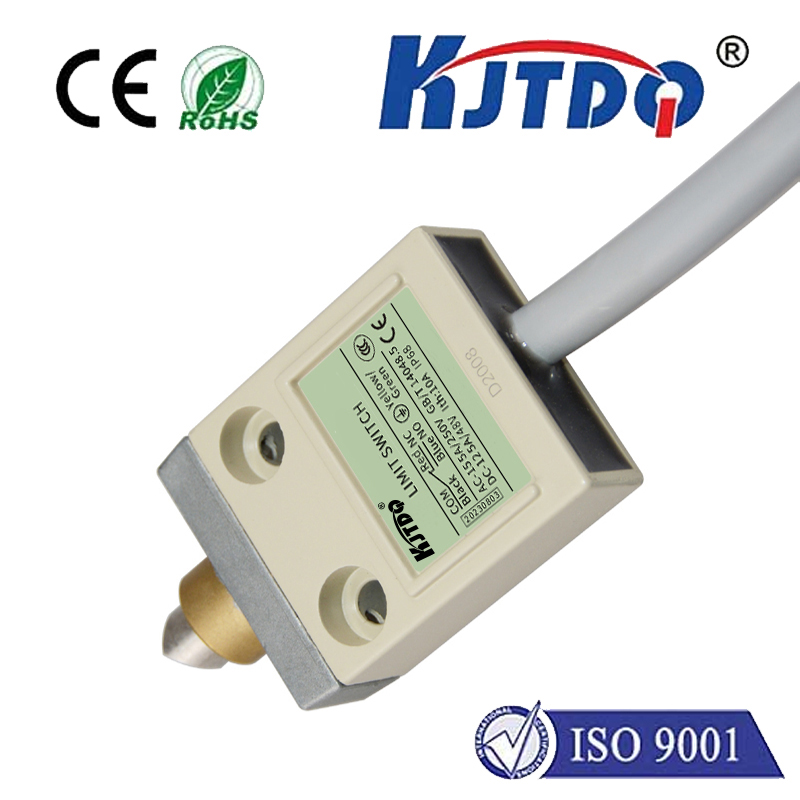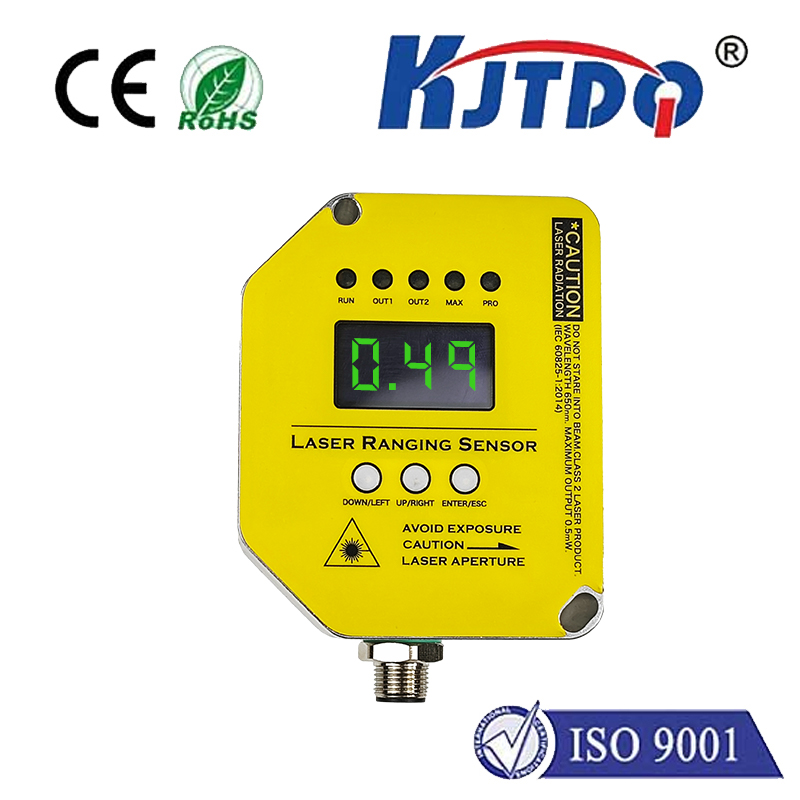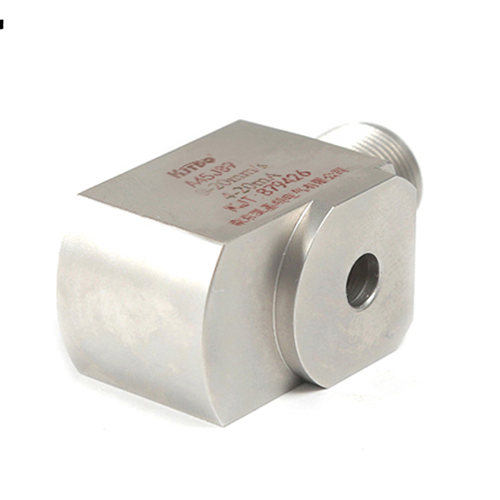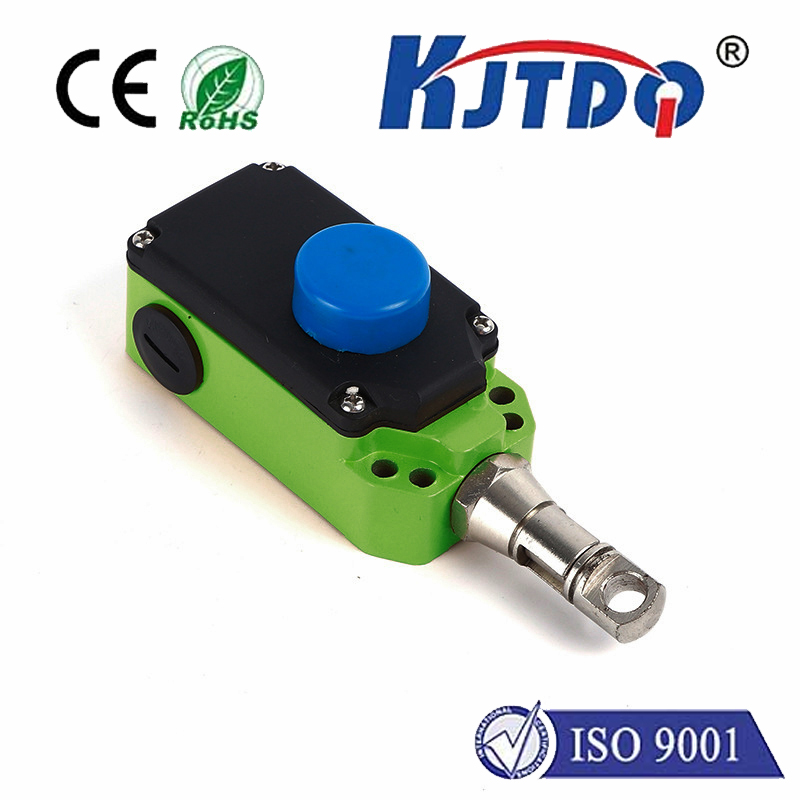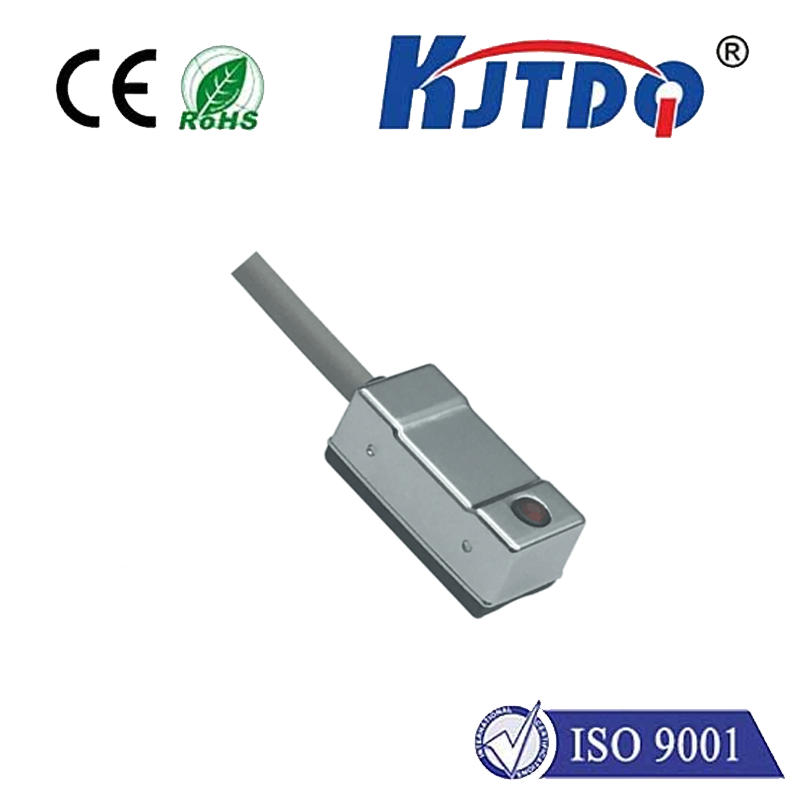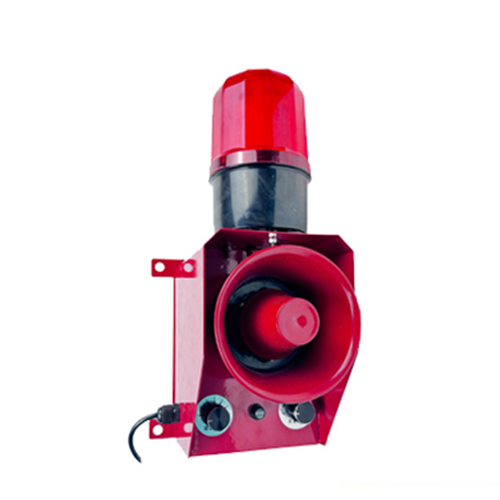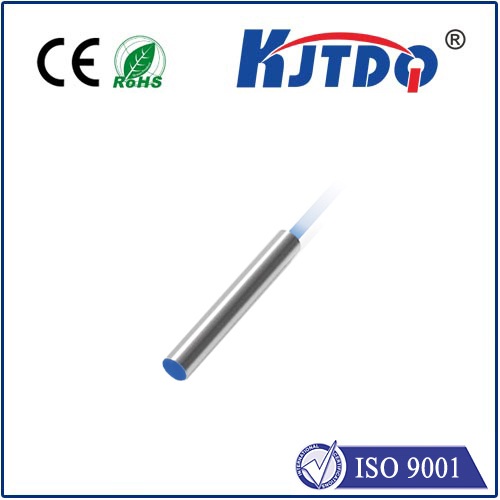vibration limit switch
- time:2025-08-07 02:11:14
- Click:0
The Unseen Sentry: How Vibration Limit Switches Shield Industrial Operations
Imagine a massive conveyor belt, humming with power, transporting tonnes of raw material deep within a mining operation. Suddenly, an unbalanced load or failing bearing sends violent tremors through the structure. Without intervention, catastrophic failure – snapped belts, damaged rollers, costly unplanned downtime, even safety hazards – looms large. This is where the often-overlooked hero, the Vibration Limit Switch, silently steps into action. Far more than a simple sensor, this device acts as a critical safety sentinel, constantly monitoring machine health and triggering immediate shutdowns when dangerous vibration levels threaten integrity. Understanding its role is paramount for any operation where rotating machinery is the lifeblood.
At its core, a Vibration Limit Switch functions as an industrial watchdog. Its primary objective is to continuously measure the vibration intensity (amplitude) produced by machines like fans, motors, pumps, compressors, crushers, and conveyors. Unlike diagnostic sensors used for predictive maintenance, its purpose is singular and vital: to detect when vibrations exceed a pre-set, critical threshold and instantly initiate a protective shutdown sequence. This machine protection switch prevents equipment from operating under conditions that could lead to catastrophic mechanical failure. Protecting assets and personnel is its fundamental mission.
How does it achieve this vital task? Inside the robust housing of a typical industrial vibration monitor, sophisticated components work in concert:

- Sensing Element: This is usually an integrated accelerometer or piezoelectric crystal. When subjected to vibration, it generates a minute electrical signal proportional to the acceleration amplitude experienced.
- Signal Processing Circuitry: This crucial stage filters the raw signal (often removing electrical noise or very high/low irrelevant frequencies) and measures its peak value or overall magnitude. This processed value represents the current vibration level.
- Comparator & Threshold Setting: Operators or engineers configure the critical amplitude thresholds – essentially defining the “red line” vibration level beyond which operation becomes unsafe. Modern devices often feature adjustable thresholds (via potentiometers or digital interfaces).
- Output Relay: This is the “action” component. When the processed vibration signal surpasses the setpoint, the relay instantly changes state. Typically, this means opening a normally closed (NC) contact, which interrupts the safety control circuit. This signal is sent directly to the motor starter or plant control system (PLC/DCS), demanding an immediate machinery shutdown.
The immediate safety response triggered by this relay change is paramount. It acts faster than any human operator could react to an escalating vibration crisis. This rapid equipment protection prevents scenarios like:
- Bearings welding themselves to shafts due to extreme heat from misalignment or imbalance.
- Foundation bolts snapping under excessive oscillating forces.
- Rotor-stator rubs in motors or turbines leading to catastrophic destruction.
- Structural fatigue failures on platforms or supports.
- Cascading failures where one component breakdown damages others downstream.
The applications demanding these essential industrial safeguards are vast and critical:
- Bulk Material Handling: Protecting conveyor systems, bucket elevators, crushers, and screens from damage caused by blockages, seized rollers, or belt misalignment.
- Power Generation: Overseeing cooling tower fans, induced draft (ID) and forced draft (FD) fans, pumps, and turbines – where unplanned outages are incredibly costly.
- HVAC & Ventilation: Safeguarding large fans and blowers in building management systems and industrial ventilation setups.
- Mining & Minerals Processing: Protecting critical equipment like large pumps, mills, and feeders operating in harsh environments.
- Water & Wastewater: Overseeing pumps and mixers vital to continuous plant operation.
- Manufacturing: Monitoring large machine tools, presses, mixers, and extruders prone to imbalance or mechanical failures.
The Power of Prevention: Beyond stopping imminent disaster, Vibration Limit Switches offer significant operational advantages:
- Reduced Maintenance & Repair Costs: Preventing catastrophic failures drastically lowers repair bills and part replacement costs. Proactive shutdown is infinitely cheaper than reactive repair.
- Minimized Downtime: While a shutdown itself is downtime, it’s planned protective downtime. It prevents the days or weeks of unplanned outage resulting from a major breakdown. This protects production continuity.
- Enhanced Safety: Protecting equipment integrity inherently protects personnel nearby from potential hazards like flying debris or structural collapse triggered by failure. They are fundamental plant safety devices.
- Asset Longevity: Preventing severe overloads dramatically extends the lifespan of expensive rotating assets like motors, gearboxes, and large fans.
- Simplified Integration: Modern vibration monitoring switches offer robust relays compatible with standard machine control systems and PLCs. Many feature options like NAMUR (intrinsically safe) outputs for hazardous areas or analog outputs (4-20mA) for additional monitoring alongside the primary switch function.
- Durability: Engineered for industrial environments, these devices withstand dust, moisture, temperature extremes, and electromagnetic interference.
Optimizing Your Vibration Sentinel:
To maximize protection and avoid nuisance trips:
- Strategic Placement: Mount the switch securely on the component needing protection, typically near the suspected source of vibration (e.g., bearings). Follow manufacturer guidelines for mounting orientation (some are directional).
- Precise Threshold Setting: This is critical. Setting the vibration threshold too low causes unnecessary shutdowns; setting it too high risks missing critical failures. Utilize historical data, manufacturer specs, and potentially baseline measurements to configure the amplitude limit correctly. Fine-tuning thresholds for specific machine behavior is an engineering art.
- Regular Verification: Periodically test the switch’s functionality using a portable vibration calibrator or verifying the relay triggers during a controlled shutdown event. Ensure it remains an effective shutdown mechanism. Calibration checks are part of predictive maintenance best practices.
- Environmental Suitability: Select models rated for the specific environmental challenges (temperature, humidity, chemicals, explosive atmospheres) present at the installation site.
In the complex symphony of industrial operations, Vibration Limit Switches are the vigilant conductors focused solely on safety. They don’t predict when a bearing might fail in weeks, they react immediately when vibrations reach levels guaranteed to cause catastrophic damage now. Their core function – triggering a protective shutdown at the critical amplitude threshold – is irreplaceable in safeguarding valuable assets, ensuring personnel safety, and guaranteeing predictable, reliable production flow. Investing in and maintaining these essential industrial safeguards is not an operational cost; it’s a fundamental investment in resilience, efficiency, and the secure operation of your critical infrastructure.






